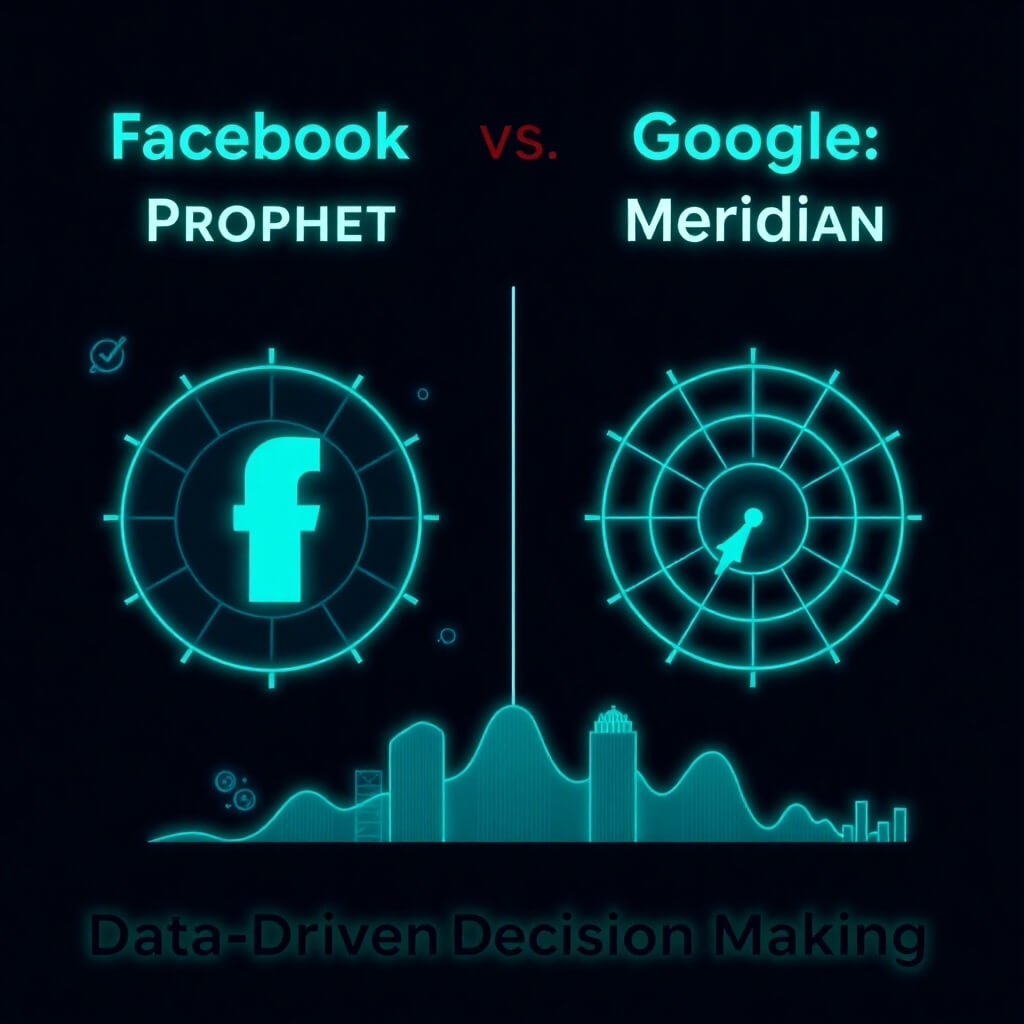All marketers who advertise on Facebook breathed a sigh of relief today when the social networking giant announced it has upgraded its analytics and reporting of ads on the site. To ensure you better understand how your ads are performing, Facebook announced three new Insights reports: Responder Demographics, Responder Profiles, and Advertising Performance. All three reports can be exported from Facebook into an Excel document or as Comma Separated Values.
The Responder Demographics report is a very valuable tool for marketers since it allows you to analyze exactly who is interacting with your ads. If a person clicks on your ad, you will be able to track their age, gender and geographic location. This knowledge could allow you to further target your ad to specific demographic groups that tend to be more interested in your product or service.
The Responder Profiles report extends the demographic analysis further by allowing marketers to gather common interests, favorite TV shows, movies, books and music of the users who clicked on their ad. This is a powerful marketing tool that will allow companies to strategically align traditional marketing efforts with consumers’ psychographic wants and needs. In the past, this information could only be obtained through surveys and/or focus groups. Now, with a single click, you will be inside the minds of your most loyal customers, at a fraction of the cost.
The Advertising Performance report is similar to the report that already exists in Facebook’s platform with a few additional upgrades. Previously, marketers were able to export and view common metrics such as impressions, clicks and click-through-rates for their ads, but now you will also be able to view performance data by unique user and performance data specific to your ads that contain social actions.
Hopefully news tools like this added by networking sites will ease the hesitation of companies to integrate Web 2.0 into their existing marketing campaign. Even though many companies are seeing the results gained by powerful social media campaigns, 80% of marketing executives are still behind the learning curve.





